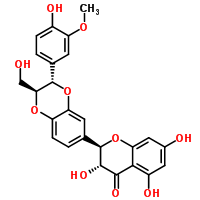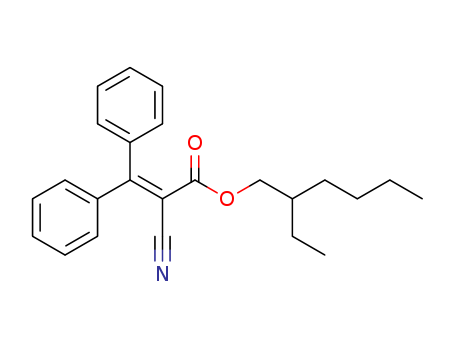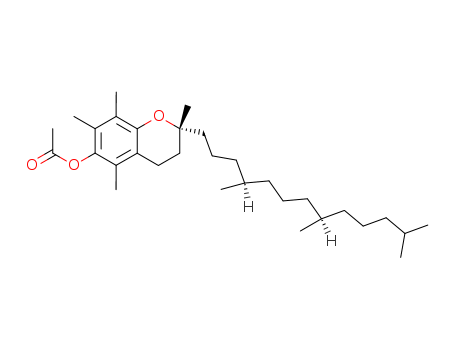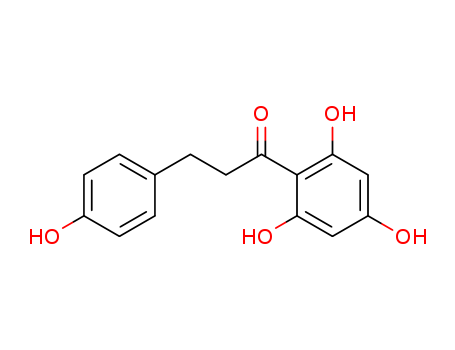
65666-07-1
- Product Name:Silymarin
- Molecular Formula:C25H22O10
- Purity:99%
- Molecular Weight:482.4362
Product Details
pd_meltingpoint:158 °C
Appearance:powder
Quality Factory Supply 99% Pure Silymarin 65666-07-1 with Efficient Delivery
- Molecular Formula:C25H22O10
- Molecular Weight:482.4362
- Appearance/Colour:powder
- Vapor Pressure:1.63E-26mmHg at 25°C
- Melting Point:158 °C
- Refractive Index:1.684
- Boiling Point:793 °C at 760 mmHg
- Flash Point:274.4 °C
- PSA:155.14000
- Density:1.527 g/cm3
- LogP:2.36270
Silymarin(Cas 65666-07-1) Usage
|
Pharmacokinetics |
Silymarin is insoluble in water and is often administered in a capsulated form. It is absorbed orally, with peak plasma concentration in 6-8 hr. But, the oral absorption of silymarin is only about 23-47% leading to low bioavailability. The poor water solubility and bioavailability led to the development of enhanced formulations like silipide (Siliphos) a complex of silymarin and phosphatidylcholine which is ten times more bioavailable. |
|
Mechanism of action |
Silymarin's hepatoprotective effects are accomplished by several mechanisms which include antioxidant, inhibition of lipid peroxidation, enhanced hepatocyte regeneration, enhanced liver detoxification and protection from glutathione depletion, antiinlammatory effects including inhibition of leukotriene, prostaglandin synthesis and kupffer cells, mast cell stabilization. slowing of fibrosis by reducing conversion of hepatic stellate cells. Silymarin is a naturally-occurring polyphenolic flavonoid compound. Silymarin is derived from the seeds of the milk thistle plant. It has inhibitory effects on melanogenesis in a spontaneously immortalized mouse melanocyte cell line, Mel-Ab. In one study (Choo et al., 2009), silymarin was shown to significantly prevent melanin production in a dose-dependent manner with an IC50 value of 28.2 μg/ml, without effects on cell viability (Choo et al., 2009). Also, silymarin inhibits the L-DOPA oxidation activity of the rate-limiting melanogenic enzyme tyrosinase in cell based-systems but it does not directly affect cell-free tyrosinase activity (Choo et al., 2009). Furthermore, silymarin decreases the expression of tyrosinase protein (Choo et al., 2009). |
|
Side effects |
Silymarin has very low toxicity and has been shown a good safety profile. At high doses it has a laxative effect due to increased bile secretion, adverse effects related to GI tract were reported in 2-10% patients in a clinical trial. |
|
Indications |
Milk thistle (Silybum [Carduus] marianus) is a spiny European plant with white-veined leaves and milky sap, the seed of which is used to treat liver disease.Milk thistle seed extract is used orally in the treatment of alcoholic and other cirrhoses and in Europe intravenously for its hepatoprotective effect in Amanita and other mushroom poisonings. It is grown in this country primarily as a “liver cleanser” and is reputed to protect this organ from a wide array of toxins.Milk thistle seed contains the active principle silymarin, a complex of flavonolignan compounds including silibinin (silybin), silidianin, and silychristin. |
|
Biochem/physiol Actions |
Silymarin was shown to protect the liver from the cytotoxic effects of anti-tuberculosis drugs by decreasing serum alanine aminotransferase (ALT), aspartate aminotransferase (AST) and alkaline phosphatase (ALP) levels. This effect was related to the anti-oxidant effects of silymarin. |
|
Toxicity evaluation |
Silymarin has been known for its very low toxicity, Acute toxicity studies of silymarin after intravenous infusion have been carried out in mice, rats, rabbits and dogs. The LD50 values were 400 mg/kg in mice, 385 mg/ kg in rats, and 140 mg/kg in rabbits and dogs though these values were dependent on infusion rate. With slow infusion rate (over 2 to 3 h) the LD50 increased to 2 g/kg in rats and after oral administration it was even 10 g/kg. |
|
Physical properties |
Silymarin is obtained from silybum marianum (milk thistle), an edible plant that has been used medicinally for centuries as a herbal medicine for the treatment of liver related disorders. The plant is native to the Mediterranean andis widely found in Europe and North America. It also grows in India, China, South America and Australia. This herb is approved for sale in Canada in different products and gains an annual business of 180 million in Germany. Silymarin is a polyphenolic flavonoid, extracted using 95% ethanol, from the seeds of the milk thistle. The plant consists of approximately 70-80% of silymarin flavonolignans and approximately 20-30% undefined fraction. The most prevalent component is Silybin (50-60% of Silymarin). It consists of seven flavonoglignans (silibinin, isosilibinin, silychristin, isosilychristin and silydianin) and a flavonoid (taxifolin). |
|
General Description |
Silymarin is a flavonolignan, obtained from milk thistle (Silybum marianum) plant. |
InChI:InChI=1/C25H22O10/c1-32-17-6-11(2-4-14(17)28)24-20(10-26)33-16-5-3-12(7-18(16)34-24)25-23(31)22(30)21-15(29)8-13(27)9-19(21)35-25/h2-9,20,23-29,31H,10H2,1H3/t20-,23-,24-,25+/m0/s1
Relevant Products
-
0ctocrylene
CAS:6197-30-4
-
D-a Tocopheryl Acetate Oil
CAS:58-95-7
-
Phloretin
CAS:60-82-2








